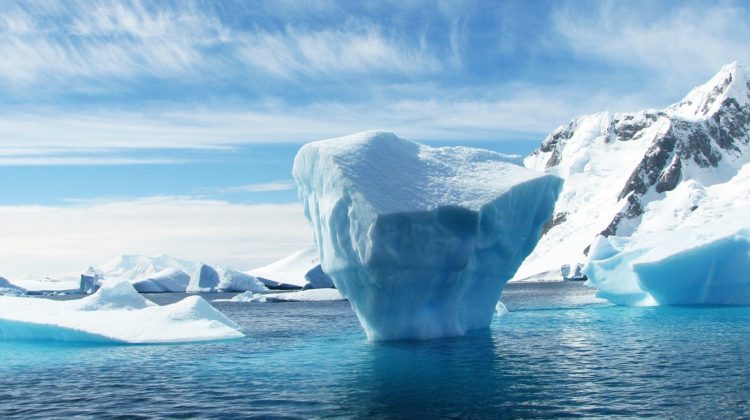
China’s polar-observing satellite obtains over 2,500 images
BEIJING, Sept. Xinhua — China s first polar-observing satellite, BNU-, has obtained , images covering the Arctic and Antarctic regions after orbiting Earth for a full year, its owner, Beijing Normal University BNU, said on Saturday.
At the press conference held in Beijing, the BNU released a series of remote sensing data of the North and South Poles.
Among all the images obtained by the satellite, are of the Antarctic ice sheet and , picture the Arctic regions.
Also, a total of more than high-quality remote sensing scenes, which picture the North and South Poles in partly cloudy weather with a resolution of meters, were made by the satellite.
The satellite, also called Ice Pathfinder , was launched on Sept. , . It is the first member of China s polar observation satellite constellation, which will have a total of satellites.
During its in-orbit operation, the satellite continuously monitored the gigantic ice calving, which occurred on the Amery Ice Shelf in September , and obtained key satellite images and data, said Chen Zhuoqi, the satellite operations team leader and also an associate professor at the Guangzhou-based Sun Yat-sen University.
Chen added that the satellite also completed a remote sensing mapping of Greenland with a resolution of meters in .
Supported by the country s Ministry of Science and Technology, the satellite was designed by the BNU and jointly developed by the China Great Wall Industry Corporation and the Shenzhen Aerospace Dongfanghong Satellite Co., Ltd.
The satellite is mainly equipped with a wide-width camera with a high dynamic range specially designed for polar observation, and is suitable for polar and mid-latitude environmental monitoring, according to the BNU.
The release of the satellite polar remote sensing data has made up for China s long-term lack of polar observation data, and is of great significance for promoting the country s polar and global change research, said Wu Qizhong at the College of Global Change and Earth System Science of the BNU.
Also, the release of the data is an invitation to researchers around the world who focus on polar research to jointly explore the application value of the data, Wu added.
